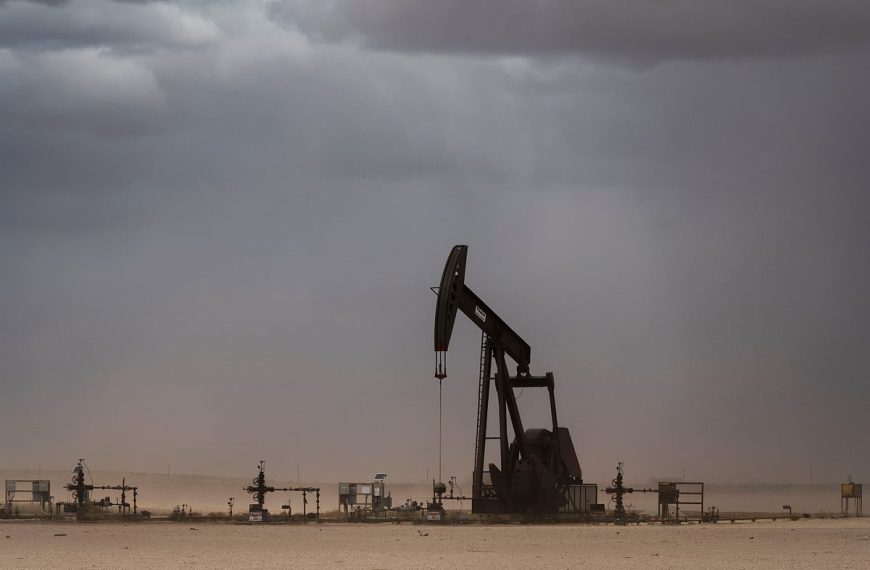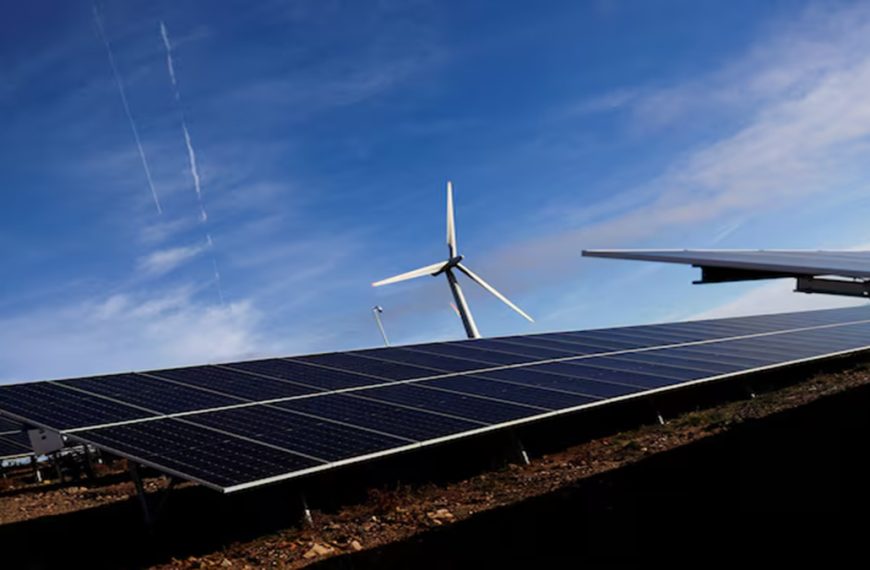Promoter shareholding often serves as a crucial indicator of a company’s future prospects. When insiders, who possess intimate knowledge of their businesses, boost their stakes, it generally points to their confidence in impending growth. Observing these trends can provide valuable insights, especially during market downturns. In this context, we spotlight two notable stocks where promoters have recently increased their holdings, signaling potential optimism amid broader market challenges.
Jindal Steel and Power: A Strong Comeback
Jindal Steel and Power stands as a titan in India’s steel industry, engaging in everything from iron ore and coal mining to power generation. Their impressive capabilities include:
- Iron-making capacity: 10.4 million tonnes per annum (MTPA)
- Liquid steel capacity: 9.6 MTPA
- Finished steel capacity: 6.6 MTPA
- Captive power generation: 2,684 MW (with ongoing projects for an additional 1,050 MW)
Over recent years, Jindal Steel has transformed its financial health, reducing its net debt from ₹391 billion in FY19 to ₹136 billion in Q3 FY25. This substantial reduction has improved its net debt-to-EBITDA ratio from 4.6 to 1.4, with expectations to keep this ratio under 1.5x moving forward.
As interest expenses dropped from ₹43 billion to ₹13 billion in FY24, Jindal Steel’s profits have begun to outpace revenue growth, achieving a 16% compounded annual growth rate (CAGR) over the past three years, culminating in a profit of ₹59 billion. Meanwhile, revenue has increased at a 13% CAGR to reach ₹504 billion.
For FY24, while revenue dipped by 4% year-on-year to ₹581 billion, net profit surged by 86% to ₹58 billion, largely due to falling input costs. However, the performance in the first nine months of FY25 showed a flat revenue of ₹366 billion and a 37% decline in profit due to rising costs.
Looking to the future, Jindal Steel plans to ramp up its steel-making capacity by 63%, aiming for 15.6 MTPA. With a proposed capital expenditure of ₹160 billion over the next three years, management anticipates improved margins and better sales realization.
Despite these positive strides, the company operates within a cyclical industry susceptible to global fluctuations and has faced challenges like a 25% tariff on Indian steel exports. However, Jindal Steel’s export sales accounted for just 9% in FY24, providing a buffer against such tariffs. Investors should remain vigilant, as domestic market dynamics and potential U.S. economic slowdowns pose risks.
The promoter’s stake in Jindal Steel rose by 1.03% in Q4 FY25, increasing from 61.19% to 62.22%. Currently, the stock trades at an EV/EBITDA multiple of 9.7, which is above its 10-year median of 8.2 but still presents a relative discount compared to peers like JSW Steel (13.5) and Tata Steel (9.4).
Mangalam Cement: Steady Growth Amid Challenges
Founded in 1976, Mangalam Cement is recognized for its popular brands, including Birla Uttam Cement and Mangalam ProMaxX, primarily serving the northern and central regions of India. Notably:
- 95% of total sales come from Northern India, with Rajasthan and Uttar Pradesh accounting for 78%.
- The company benefits from government subsidies due to expansion projects initiated in 2014 and 2016, which will continue until 2027.
Mangalam Cement produces two primary types of cement: Pozzolona Portland Cement (PPC) and Ordinary Portland Cement (OPC), with blended cement making up 69% of its sales volume in FY24. This blend helps enhance profitability through higher margins.
Despite a 4% year-on-year decline in operating income to ₹1,725 crore in FY24, driven by lower sales realizations and a slight dip in sales volume, the company’s operational efficiency improved, leading to an increase in operating margins. The net profit, however, fell by 35% to ₹282 crore.
For the first nine months of FY25, total income dropped by 8.5% to ₹1,178 crore, reflecting market consolidation and pricing competition. Yet, operational margins improved to 12.3%, up from 8.2% the previous year, aided by lower fuel costs and enhanced operational efficiencies.
Moving forward, Mangalam Cement aims to sustain a capacity utilization rate of 77%, which is above the industry norm, although revenue growth may be muted due to lower demand. Given the cyclical nature of the cement industry, any economic slowdown could significantly impact consumption.
In the past two years, promoter ownership increased from 31.9% in Q3 FY23 to 37.8% in Q3 FY25, with an additional 1.47% acquired in Q4 FY25. The stock currently trades at an EV/EBITDA multiple of 12.4, above its 10-year average of 9.2, but comparable to peers like JK Lakshmi Cement (12.5) and Nuvoco Vista (11.5).
Conclusion
The increasing shareholding by promoters in Jindal Steel and Power and Mangalam Cement reflects a strong belief in their respective futures. Despite facing short-term challenges, both companies are actively working to enhance their financial positions and operational efficiencies. Investors should closely monitor these developments, as sustained promoter involvement may indicate promising growth potential in the medium to long term.
Disclaimer
This article is intended solely for informational purposes and does not constitute investment advice. It is advisable to consult a financial advisor for investment decisions tailored to individual objectives and circumstances. Always perform due diligence before making investment choices.











